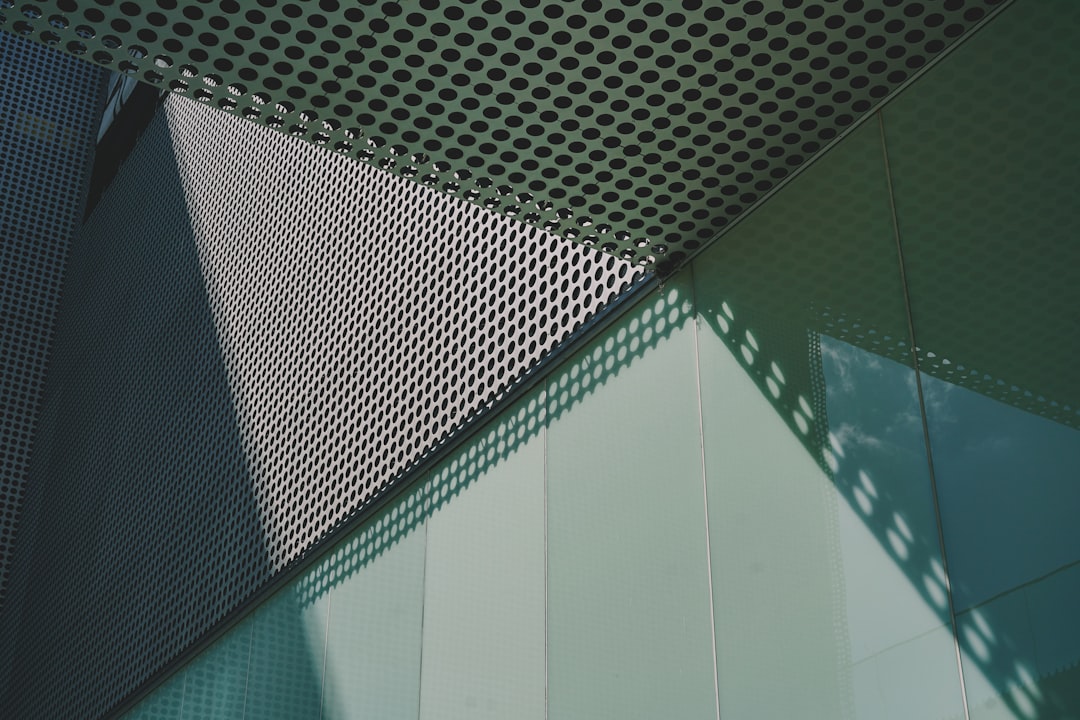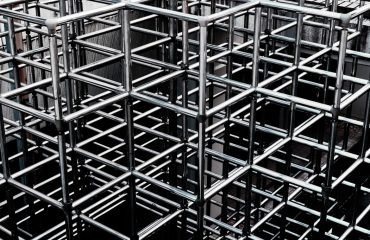Galvanized steel, a ubiquitous material in construction, infrastructure, and manufacturing, owes its widespread use to its exceptional corrosion resistance. This article delves into the science behind this resistance, exploring the process of galvanization, its effectiveness in various environments, limitations, and comparisons with alternative corrosion protection methods. Understanding the strengths and weaknesses of galvanized steel is crucial for engineers, architects, and anyone involved in selecting materials for long-term durability.
The Science Behind Galvanized Steel’s Corrosion Resistance
The remarkable corrosion resistance of galvanized steel stems from the protective zinc coating applied to the steel substrate. This coating acts as a sacrificial anode, meaning it preferentially corrodes instead of the underlying steel. Zinc is more electrochemically active than iron (the primary component of steel), meaning it readily loses electrons in the presence of oxygen and moisture. This process, known as galvanic corrosion, forms a stable zinc oxide layer that prevents further corrosion of the steel. This protective layer is self-healing, meaning minor scratches or abrasions can be repaired as the exposed zinc continues to react with the environment.
Hot-Dip Galvanizing vs. Electrogalvanizing: A Comparative Analysis
Two primary methods are used to apply the zinc coating: hot-dip galvanizing and electrogalvanizing. Hot-dip galvanizing involves immersing the steel in a molten zinc bath, resulting in a thicker, more robust coating with superior corrosion resistance. This method provides excellent protection, even in harsh environments. Electrogalvanizing, on the other hand, uses an electrolytic process to deposit a thinner zinc layer onto the steel. While less expensive, electrogalvanizing offers lower corrosion resistance and is typically suitable for less demanding applications. The choice between these methods depends on the specific application requirements and the desired level of protection.
Factors Affecting the Corrosion Resistance of Galvanized Steel
Several factors influence the longevity and effectiveness of the zinc coating. The thickness of the coating is paramount; thicker coatings offer significantly greater protection. Environmental conditions also play a crucial role. Exposure to highly corrosive environments, such as saltwater or industrial atmospheres with high levels of pollutants, can accelerate the corrosion rate, even with galvanized steel. The coating’s integrity is also critical. Damage to the zinc layer, whether through scratches, abrasion, or improper handling, compromises its protective properties. Regular inspection and maintenance are essential for maximizing the lifespan of galvanized steel structures.
Applications of Galvanized Steel: Where it Excels
The exceptional corrosion resistance of galvanized steel makes it ideal for a wide range of applications. In construction, it’s used extensively for roofing, cladding, structural components, and fencing. Infrastructure projects utilize galvanized steel for bridges, pipelines, and highway guardrails. The automotive industry employs it in body parts and undercarriage components. Other applications include appliances, agricultural equipment, and marine structures. Its versatility and durability contribute to its widespread adoption across diverse sectors.
Limitations and Alternatives to Galvanized Steel
While highly effective, galvanized steel isn’t a panacea for all corrosion problems. In extremely harsh environments, such as those with high concentrations of acids or alkalis, the zinc coating may not provide sufficient protection. High-temperature applications can also degrade the zinc coating. For such scenarios, alternative corrosion protection methods, such as stainless steel, powder coating, or specialized coatings, might be necessary. Furthermore, the visual appearance of galvanized steel, with its characteristic slightly rough and grey surface, may not be suitable for all aesthetic applications. Careful consideration of the specific application requirements is crucial in selecting the most appropriate material.
In conclusion, galvanized steel offers a cost-effective and highly effective solution for protecting steel from corrosion across a broad spectrum of applications. Understanding the science behind its corrosion resistance, the different galvanizing methods, and its limitations allows for informed material selection, ensuring long-term durability and performance.
SEO Tags:
- galvanized steel
- corrosion resistance
- zinc coating
- hot-dip galvanizing
- electrogalvanizing




